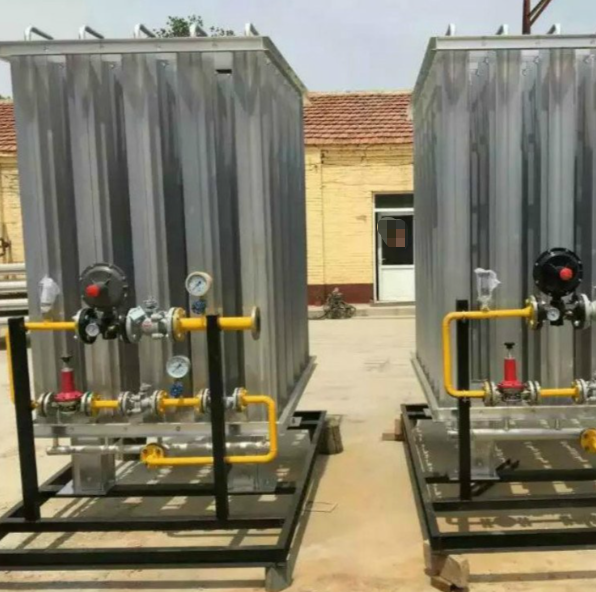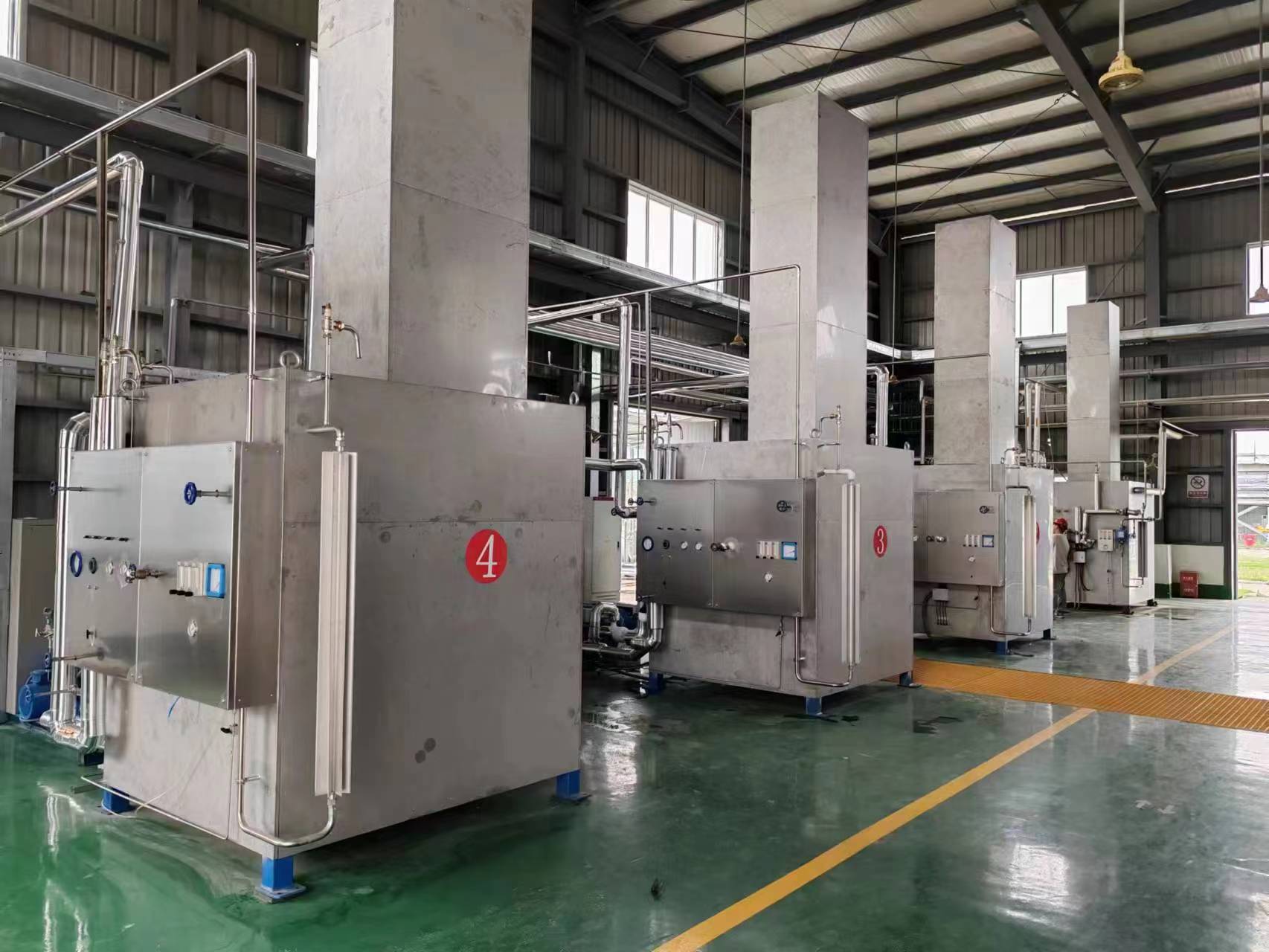Oxygen, Nitrogen, and Argon Pressure Regulating Equipment
Regarding oxygen, nitrogen, and argon pressure regulating equipment, the following content integrates the types, key characteristics, and selection points of mainstream devices in the market, hoping to help you make a suitable choice.
The table below summarizes the core information of different types of pressure regulating equipment, making it easy for you to quickly understand and compare.
|
Equipment type |
Core functions |
Key technologies/components |
Main characteristics |
Applicable scenarios/notes |
|
Universal pressure regulating valve group
|
Reduce the pressure of high-pressure gas and stabilize it to the required pressure
|
Globe valve, pressure regulating valve, filter, safety valve, pressure gauge, vent valve
|
-Integrated design, compact structure -Voltage regulation accuracy is about ± 5% -The pipeline has undergone degreasing treatment, ensuring cleanliness and safety
|
Pressure regulation of main and branch networks for gases such as oxygen, nitrogen, argon, etc; Steel, chemical, oxygen production stations, etc
|
|
High pressure gas station system
|
Pressurize, vaporize, depressurize, and stabilize liquid gases (such as liquid nitrogen and liquid argon)
|
Low temperature storage tank, booster pump, vaporizer, stabilizing buffer tank, inlet valve group |
-Complete system solution -Multiple security protections -Pressure and temperature closed-loop control
|
Supply gas to equipment such as aerosolization equipment that requires high pressure and stable gas sources
|
|
High precision control device
|
Realize automatic adjustment of gas pressure and high-precision proportioning |
PLC (Programmable Logic Controller), mass flow meter/controller, solenoid valve, configuration software
|
-Automated control, capable of unmanned operation -High control accuracy (such as valve accuracy ± 1%) -Data recording and remote monitoring
|
Suitable for high-pressure testing, scientific research, and production processes with precise requirements for gas pressure or mixing ratios
|
Selection and usage precautions
When selecting and using a voltage regulator, the following key points need to be particularly noted:
1. Clarify process requirements:
Firstly, determine your gas type, inlet pressure, required outlet pressure range, flow requirements, and control accuracy. For example, the stainless steel pressure regulator on Alibaba can achieve an inlet pressure of 2200 psi and an outlet pressure adjustment range of 0-250 psi.
3. Automation and control level:
Determine whether automation functions are needed based on your operational needs. The PLC control system can achieve automatic PID pressure regulation, data recording, remote monitoring and alarm, greatly improving stability and efficiency, and reducing labor costs.
summary
Overall, if your requirement is basic gas pressure reduction, a universal pressure regulating valve group may be sufficient. If it involves the storage and gasification of liquid nitrogen and liquid argon, a high-pressure gas station system needs to be considered. If there are extremely high requirements for pressure stability and control accuracy, or if automated production is needed, then a high-precision control system integrated with PLC is a better choice.





 H2 plant Hypower Project wind power to H2 2000NM3 per hour (1).jpg)
.jpg)




